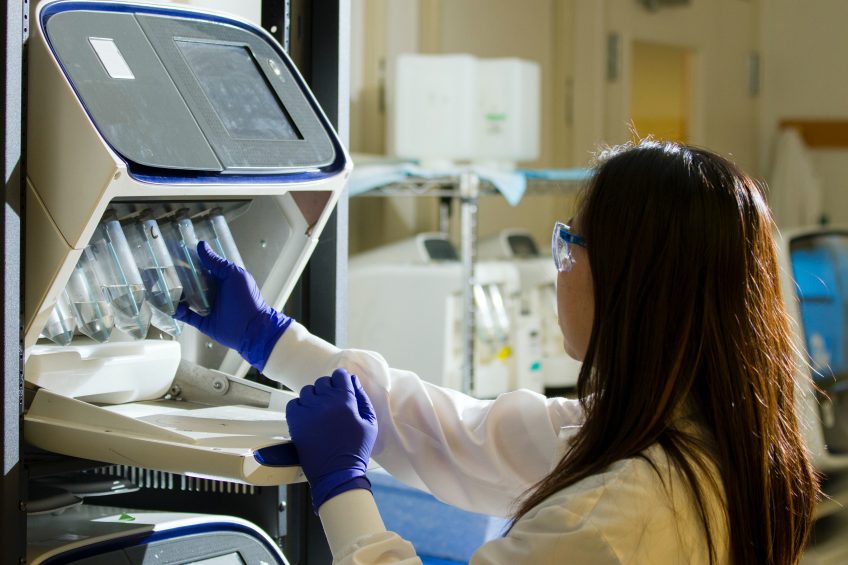When you think about sterilization, the autoclave is probably the first thing that comes to mind. Autoclaves use steam and pressure to kill bacteria and other microorganisms, making them an essential part of any hospital or laboratory. But how do they work? And more importantly, how can you ensure your autoclave is working properly?
How Does the Process Work?
The autoclave sterilization process is quite simple. First, the chamber of the autoclave is filled with steam. The steam must be hot and under enough pressure to kill any microorganisms. Once the chamber has been filled with steam, the door is sealed, and the pressure increases. This step is crucial, as the steam will not be effective if the pressure is not high enough.
After reaching the desired pressure, the autoclave timer starts. The time required for sterilization depends on the size and type of load and the pressure. After the timer goes off, the door is opened, and the steam is allowed to escape. The items can then be removed and used as usual.
It is important to note that autoclave sterilization is only effective if the items are dry. If they are wet, the steam will not be able to penetrate and kill the microorganisms. For this reason, items must be thoroughly dried before they are placed in the autoclave. However, aim at buying quality autoclaves for safety and efficiency. If it’s not working correctly, it could put patients and staff at risk of infection.
A quality autoclave will be able to sterilize items more quickly and effectively. The choice of your purchase shop matters a lot. When looking for autoclaves for sale at leadsonics.com, focus on the features. Look also at the dimensions and overall suitability to your needs and take time to compare different brands.
Tips for Making the Autoclave Process Smooth
You can do a few things to ensure your autoclave is working properly. They include:
Check the Pressure Gauge Regularly
The pressure gauge is the best way to ensure that the autoclave works correctly. Check it before use to ensure the needle is in the correct position. If it is not, there may be a problem with the autoclave.
If the pressure gauge is not working correctly, it could mean that the autoclave is not reaching the correct pressure. This would prevent the steam from being hot enough to sterilize the items inside.
Use Distilled Water
Ordinary tap water contains minerals that can build up in the autoclave over time. This buildup can cause the autoclave to work less effectively. For this reason, it is best to use distilled water in your autoclave. Thus, in the absentia of distilled water, it’s best not to use the equipment until you’ve got some.
Check the Seals
The seals on the autoclave door are crucial to the sterilization process. If they are not intact, steam will escape, and the items inside will not be adequately sterilized. Check the seals before each use to make sure they are not damaged.
This is also an effective way of preventing debris contact. The high pressure and steam kill any microorganisms that may be present on the items being sterilized. This ensures that they are safe to use and prevents the spread of infection.
Cleaning the seal is necessary and may damage it. If you clean the seal, use a soft cloth and mild soap. Be sure to dry it thoroughly before using the autoclave.
Use the Right Load Type
Four different load types can be sterilized in an autoclave: solid, porous, unwrapped instruments, and wrapped instruments. Each type of load requires a different sterilization cycle. Be sure to select the correct cycle for the type of load you are sterilizing.
Wrapped instruments, for example, require a longer cycle than unwrapped instruments. This is because the wrapping material prevents steam from reaching the instrument inside.
Monitor the Cycle
Once the autoclave cycle has started, it is essential to monitor it closely. The time required for sterilization can vary depending on the type of load. If the cycle is not well-monitored, the items may not be completely sterile.
Replace the Gasket
It is essential to clean the autoclave regularly to prevent the buildup of minerals and other debris. The gasket is the seal that prevents steam from escaping from the autoclave. Over time, it can become damaged or worn. If this happens, it will need replacement.
An autoclave is a vital piece of equipment in any healthcare setting. Choosing the suitable model for your needs is crucial and keeping it well-maintained. By following these tips, you can ensure that your autoclave is working correctly and that your sterilization process is smooth.

































